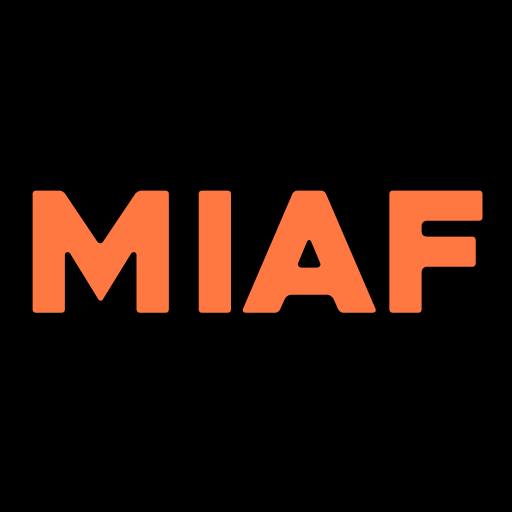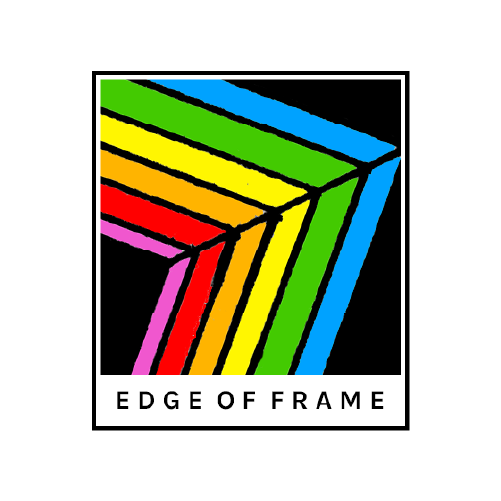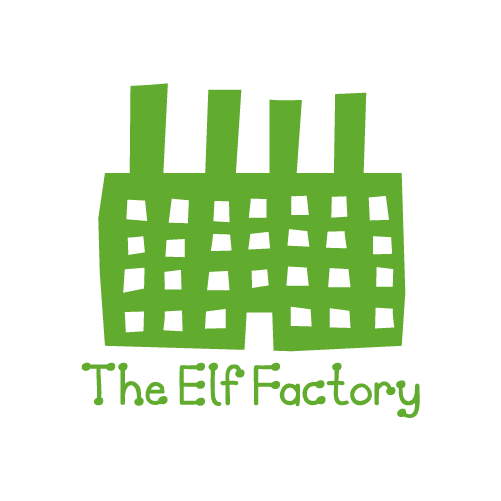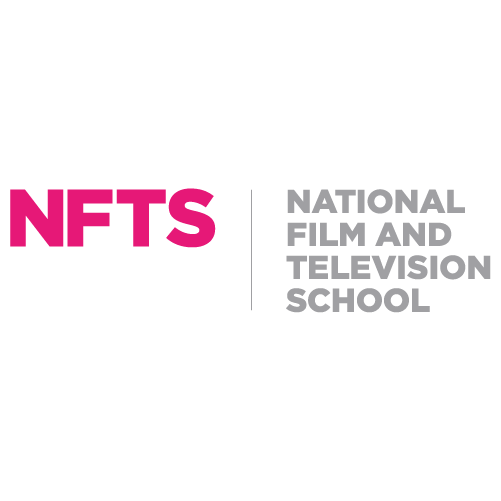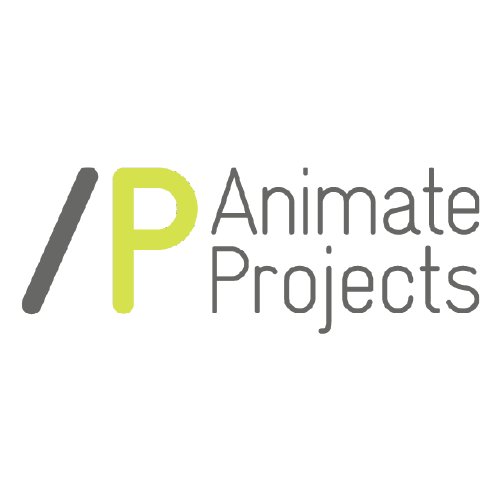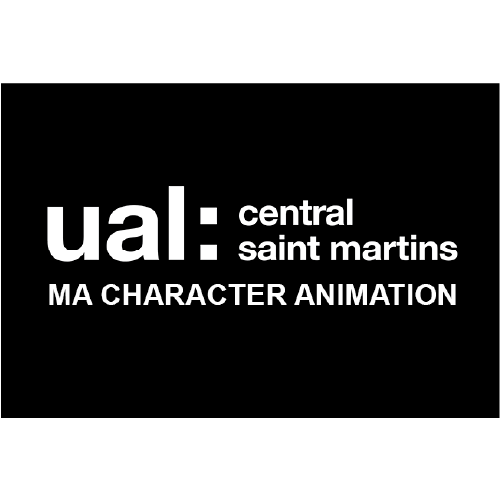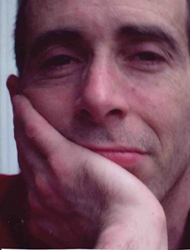 Steven Woloshen is an award-winning Montreal-based cameraless animator who has been making animated films since the late ‘70’s. He studied film at Concordia University, where he initially made documentaries and collage films, but the freedom and accessibility of cameraless animation won him over. Woloshen is heavily inspired by music, particularly jazz, and has made numerous short abstract works in which the images are created in synchronisation to a music track. His works have screened worldwide at festivals including the Montreal World Film Festival, Annecy Animated Film Festival, Ottawa International Animation Festival, and I Castelli Animati in Rome Steven regularly travels the world to show his work and has lectured on the subject of handmade analogue film techniques. In 2010, he published his first book on the subject of decay, archiving and handmade filmmaking techniques, titled Recipes for Reconstruction: The Cookbook for the Frugal Filmmaker.
Steven Woloshen is an award-winning Montreal-based cameraless animator who has been making animated films since the late ‘70’s. He studied film at Concordia University, where he initially made documentaries and collage films, but the freedom and accessibility of cameraless animation won him over. Woloshen is heavily inspired by music, particularly jazz, and has made numerous short abstract works in which the images are created in synchronisation to a music track. His works have screened worldwide at festivals including the Montreal World Film Festival, Annecy Animated Film Festival, Ottawa International Animation Festival, and I Castelli Animati in Rome Steven regularly travels the world to show his work and has lectured on the subject of handmade analogue film techniques. In 2010, he published his first book on the subject of decay, archiving and handmade filmmaking techniques, titled Recipes for Reconstruction: The Cookbook for the Frugal Filmmaker.
We’re very proud to be screening a Retrospective of Steven’s work with a Q&A to boot, on Sat 25 Oct. You can also explore, play and take risks with animation with Steven on Sun 26 Oct with a Hands-on Animation Workshop. Lucky participants will be expertly-led on how to create their own 35mm animated or experimental film, without a camera and without processing film. A true treat!
Special thanks to

Riding in the Car with Boys & Toys (and a few actors)
After 10 years and 20,000 miles of chauffeuring Hollywood actors on Montreal shoots, Steven Woloshen wins at the Ottawa International Animation Festival, (OIAF) Canada with 1000 Plateaus. It took 10 years and 20,000 miles of chauffeuring a motley mix of Hollywood actors to shoots in Montreal for independent, scratch-film animator Steven Woloshen to create the OIAF 2014‘s award-winning 1000 Plateaus. He did the film in his car on a small contraption he designed while his actors were on set.

Steven Woloshen is a very down-to-earth kind of guy. We discussed his artistic influences, how creative ideas originate from other peoples’ ideas and works, and some heavy-duty philosophers, like Kant, Bergson, and Deleuze. Actually, the title of 1000 Plateaus is based on Deleuze and Guattari’s ‘A Thousand Plateaus: Capitalism and Schizophrenia’, a volume in their “Anti-Oedipus” opus. (It’s French, it’s philosophy, it should come with a mental health-warning sticker… but it can also lead to some very interesting conversations). I wanted to talk to Steven about the film. Steven mostly wanted to talk about how an animator should be a salesman at least once in his life. Like most indie animators, he had a day job. Steven started in insurance sales and then did a stint being a chauffer to “Hollywood North East” (aka Montreal). He said that being a salesman taught him everything he needed to be a good driver, and that being a good driver led him to create a critically acclaimed film.
Before starting out on his 1000 Plateaus road trip, Steven gave himself two rules:
1. The visual rhythm of film would be precisely matched to the sound track (Lionel Hampton’s “Date With Oscar”)
2. He would be inviting his passengers into his process, having their conversations contribute to how he visualized the work.
Steven: “Being a good driver means connecting quickly to the passengers. Because I was trained to use props or toys in insurance sales to establish some common ground with potential clients, I figured I’d do that with my passengers. So I placed my little light-rigged box – on which rested my 35mm roll of film – in the car. It was my animation technology, but also a toy that I knew would get people talking”. In fact, he was inviting his passengers into his studio. And he was very deliberately inviting their comments into his thinking about his process. He called his passengers his “collaborators.”
Steven: “Every conversation I had with them was aimed at getting me to defend my ideas not just about this film but about using 35mm film technology itself. Speaking to them really was speaking to myself. I really believe that clarifying your ideas and art to others is as important as making it. The clearer I became to them, the more certain I felt about my art.”
Steven was actually saying something cognitive psychologists (and insurance agents, teachers, and storyboard artists) know: saying ideas out loud to others can help you think. Talking out loud to others – or writing or sketching ideas while talking – becomes a way for you to reflect on what’s happening in your mind.
Steven: “Most people should try to be a salesperson at least once in their life. You’ll get the best sense of what motivates you and what your limits are. It will help you to defend yourself and stick to the rules that you put in motion that guide your work.”
So here are Steven’s rules you can use when you work on your own project:
1. Know what your endgame is: In 1000 Plateaus it was the end of the 3:22 min musical track.
2. If you want to get a conversation going, carry toys: Toys are conversational props that can create a common ground for discussion. Your own work-in-progress can be your “toy.”
3. Lay out the rules and your objectives: Make sure you’re following your own rules and goals in the logic of your work.
4. Check in periodically to see if you’re still on target: Take a step back to evaluate your work, especially if you have to change things. Solving a problem in one aspect of your work will most likely create a problem in another.
5. Prepare yourself to answer criticism or rejection. Lots of people didn’t understand why I would spend my time in the car scratching on 35mm film; I asked them whether it would seem better if I did crossword puzzles while I waited for them.
6. If you really want to get your ‘buyer’ involved, you’re not just selling, you’re teaching. Teaching means I have to really understand the person I’m talking to, what they understand, what they need to know even before I pitch. I’m really committed to explaining why 35mm film should be used in animation and filmmaking, not just selling the idea that I’ve made a great film.
7. Talking about your work will help keep you motivated: During a long process of film development, talking to others about your work will make your project seem more real.
8. Talking about your work will help you clarify your ideas to yourself: If you are reflective about how you are framing your answers, you’ll find yourself holding on to
the best ideas and letting go of weaker ones.
9. You’re selling intangibles: the consumer chain will be getting an aesthetic or psychological buzz from the content. The
material it’s made from only has scrap value.
10. Discussions are really collaborations, with both sides saying things that prompt fresh ideas.
As a cognitive scientist, I got interested in researching the animation process because I always considered it the best example of collaborative problem solving. In a way, most animators use “toys and talk” – aka the storyboarding process – to develop a film. But the filmmaking team gets larger when you factor in all the invisible people in the room who have influenced them. And this bring us back to the Deleuze and Guattari book that inspired Steven’s 1000 Plateaus. The book’s first line is perhaps the clearest, sharpest description about the nature of animation teamwork. “The two of us wrote Anti-Oedipus together. Since each of us was several, there was already quite a crowd.”
This article was first published on Animation World Network, www.awn.com.




